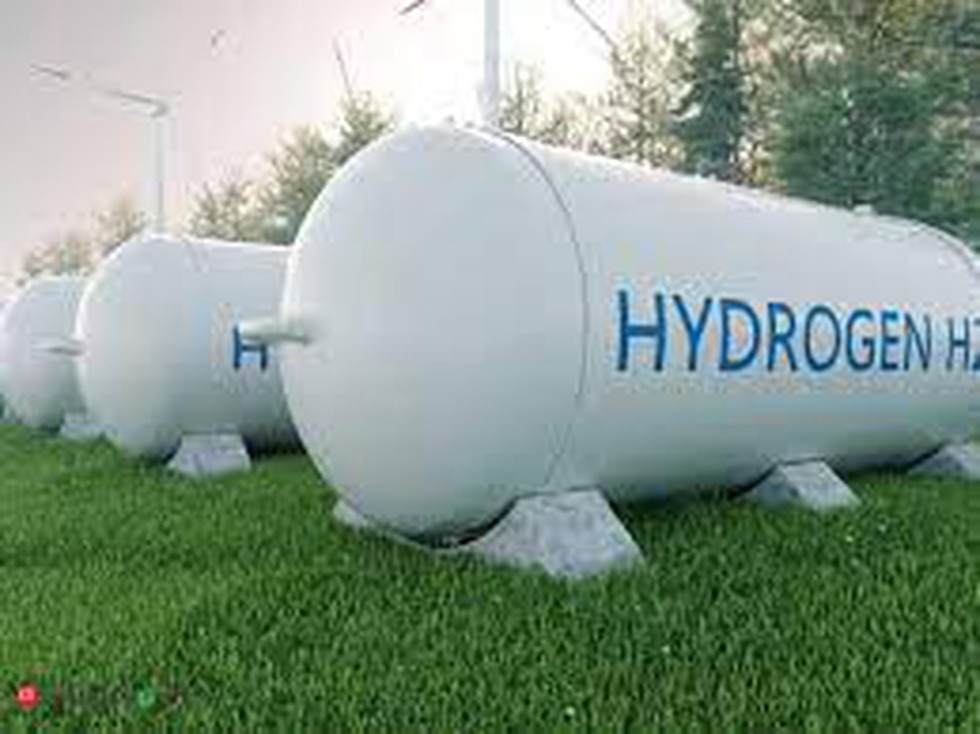About Green Hydrogen Electrolysers:
- Hydrogen electrolysers are devices that use electricity to split water into hydrogen and oxygen.
- When electricity input to the electrolyser is obtained from renewable sources like wind and solar, then the hydrogen produced is called green hydrogen.
- Typically, electrolysers consume 50-55 kilowatt-hours or units of electricity to produce one kilogram of hydrogen.
- Electrolysers produce hydrogen at about 50-90 degree Celsius and at a pressure of 30-50 bar.
- Electrolysers are commercially available at a size of a few kilowatts (kW) to megawatts (MW).
What are the different electrolyser technologies?
- There are various electrolyser technologies available currently.
- Alkaline electrolysers and polymer electrolyte membrane (PEM) electrolysers are commercially available technologies.
- Alkaline electrolysers use liquid alkaline electrolyte solution of sodium or potassium hydroxide while PEM electrolysers are based on solid polymer membrane.
- In addition to these, there are other proprietary technologies like electrochemical, thermally-activated chemical (E-TAC) and anion exchange membrane (AEM) that claim to be more efficient than existing technology options.
